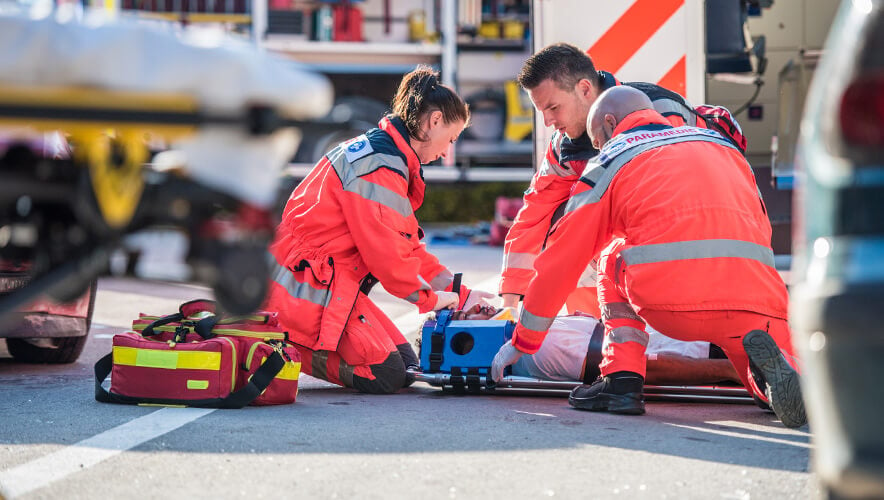Resources Released for First Responder Health Hazard Mitigation
In the course of their work, first responders put their own lives at risk to save the lives of others. They face contact with bloodborne pathogens, opioids, and infectious diseases, as well as chemical and environmental factors.
Earlier this year, AIHA, an association for occupational and environmental health and safety (OEHS) professionals, announced new free resources to help emergency response leaders learn about the long-term health risks—as well as daily safety concerns—they may face on the job. The resources include case studies, webinars, and a directory of OEHS consultants.
It is an OEHS professional’s job to help first responders anticipate, recognize, evaluate, control, and communicate hazards before, during, and after emergencies.
“The nature of first responders’ uncontrolled work environments lead to unanticipated exposure to dangerous chemicals, opioids, bodily fluids, fumes, and hazardous building materials, among others,” says Dawn Bolstad-Johnson, AIHA fellow and past chair of the AIHA Real-Time Detection Systems Committee. “The role of the OEHS professional is to help first responders anticipate, recognize, evaluate, control, and communicate these hazards—before, during, and after emergencies. Occupational environmental health and safety professionals work alongside safety officers during normal work activity, and in emergency response. They identify potential risks—not just the ones that are obvious today, but the ones that can have long-term health effects, some of which take 20 years to surface.”
The guidance includes everything from being prepared by getting adequate rest and staying hydrated to using appropriate personal protective equipment and decontaminating after responding to an incident. Organizations and first responders should develop strategies to reduce exposure to toxins, smoke, heat, and drugs, and introduce new technology to enhance existing protocols, AIHA said in a press release.
“Direct read instrumentation is helping first responders to recognize hazards in real time,” Bolstad-Johnson says. “Mass temperature screening and chemical exposure monitoring in public spaces can help isolate where the exposure may be, thereby minimizing exposures to first responders and protecting the public as well. We are just at the tip of the iceberg on technology keeping first responders safe.”
